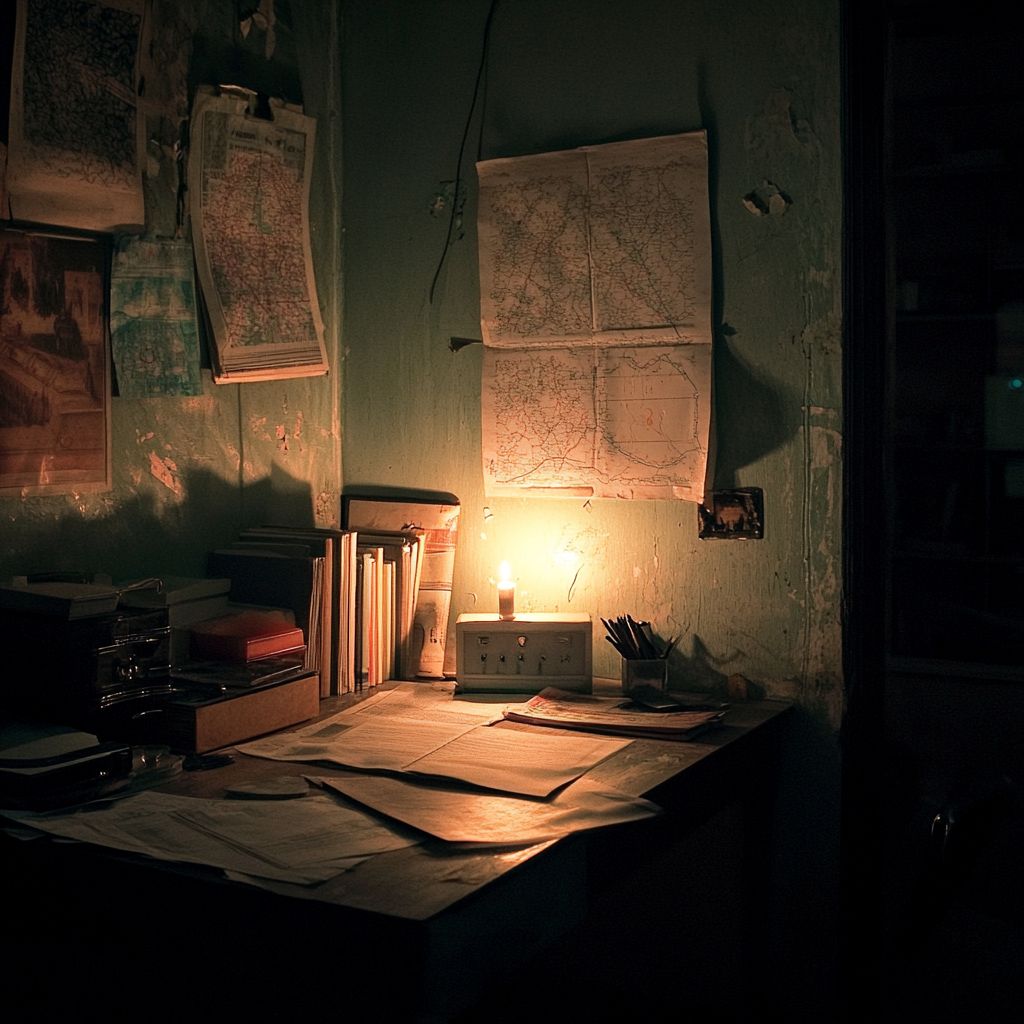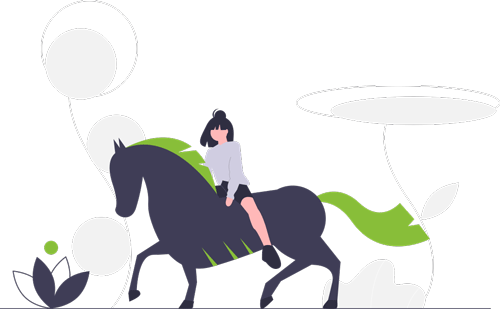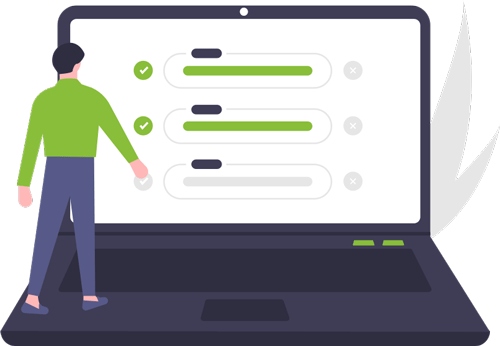I once spent an entire weekend staring at a blank screen, painfully stuck on a chapter for my novel. The possibilities seemed endless—and that was exactly the problem. It wasn’t until I stumbled across a scrap of research on haiku poetry that something clicked. Here was poetry born from rigid constraints: just seventeen syllables to capture the essence of the world. If masters could create powerful imagery within such limitations, surely I could do the same for my chapter.
That moment sparked a revelation—constraints aren’t creative prisons but liberating frameworks. They force the mind to forge unusual connections and explore deeper pathways. From then on, whenever my creativity stalled, I’d deliberately impose limits on myself: write a scene using only dialogue, tell a story in precisely 500 words, or set the entire action in a single room.
This idea extends far beyond novel writing. It resonates deeply in every form of storytelling and creative work. The more you limit your canvas, the more inventive your brushstrokes must become. Consider some of literature’s greatest achievements—works like Hemingway’s famously brief six-word story, or George Saunders’ minimalist tales that pack a punch precisely because they waste nothing.
So, next time you’re bogged down by your own endless possibilities, try crafting your own creative constraints. Perhaps set your next short story entirely within a single hour of your protagonist’s life. Or maybe challenge yourself to reveal a character’s backstory through dialogue alone. Even a simple constraint like writing your opening chapter using only sensory descriptions can elevate your prose to new heights.
Interestingly, this concept isn’t limited to just literary arts. When Pixar was developing their groundbreaking short films, budget and technology constraints forced them to focus intensely on storytelling clarity and emotional resonance. Those limitations resulted in timeless classics. Similarly, a blogger who commits to writing just 100 words a day might discover their prose sharpening and becoming more impactful.
Constraints cultivate resourcefulness because they strip away excess. Instead of drowning in a sea of options, you must confront the essence of your message head-on. For authors, this often means better storytelling—tighter pacing, clearer characters, and deeper emotional stakes. For readers, the result is an immersive experience devoid of distractions.
It’s worth noting that embracing constraints also means shifting your mindset from frustration to curiosity. Instead of viewing these self-imposed restrictions as hindrances, approach them as puzzles waiting to be solved. Each constraint becomes a playful challenge, a game where creativity is the prize. Over time, you’ll find that limitations stop feeling restrictive—they become springboards for innovation.
To further illustrate, consider poetry. Sonnets, villanelles, and sestinas—all celebrated forms—are built around strict patterns and repetitions. Poets have thrived precisely because of these forms’ strictness, not despite them. Their creativity shines brightest in the struggle to find exactly the right word or rhythm to fit the frame. In prose, authors like Italo Calvino and Jorge Luis Borges frequently imposed narrative constraints, pushing boundaries and reshaping what literature could achieve.
If you’re concerned that constraints might make your writing feel forced or artificial, rest assured the opposite often occurs. They can lead to authenticity because they compel you to dig deeper into emotions, character motivations, and vivid imagery. In a constrained narrative, every word counts, every action matters, and every scene must deliver meaning. That level of intensity naturally breeds compelling storytelling.
From a practical standpoint, employing creative constraints also boosts productivity. Writers notorious for procrastination find that clearly defined boundaries can ignite focus. The mind thrives on clear targets—500 words, three scenes, one powerful ending. These manageable goals transform intimidating blank pages into achievable milestones, creating forward momentum with each finished piece.
As you move forward, keep a small notebook or digital file where you record interesting constraints to experiment with later. If you stumble upon historical facts or anecdotes during your novel research that don’t make the cut, consider them future constraints. For example, if you’ve discovered that medieval monks painstakingly illuminated manuscripts by candlelight, perhaps challenge yourself to write a short piece entirely set in candlelit darkness. Constraints like these often lead to fresh narrative angles and unique sensory details that engage readers in unexpected ways.
Above all, constraints help writers confront a fundamental truth: infinite choice rarely leads to excellence. It’s through limitation, precision, and targeted creativity that truly remarkable stories emerge. Embrace the beauty of constraints, and you’ll uncover depths of storytelling you never imagined possible.








